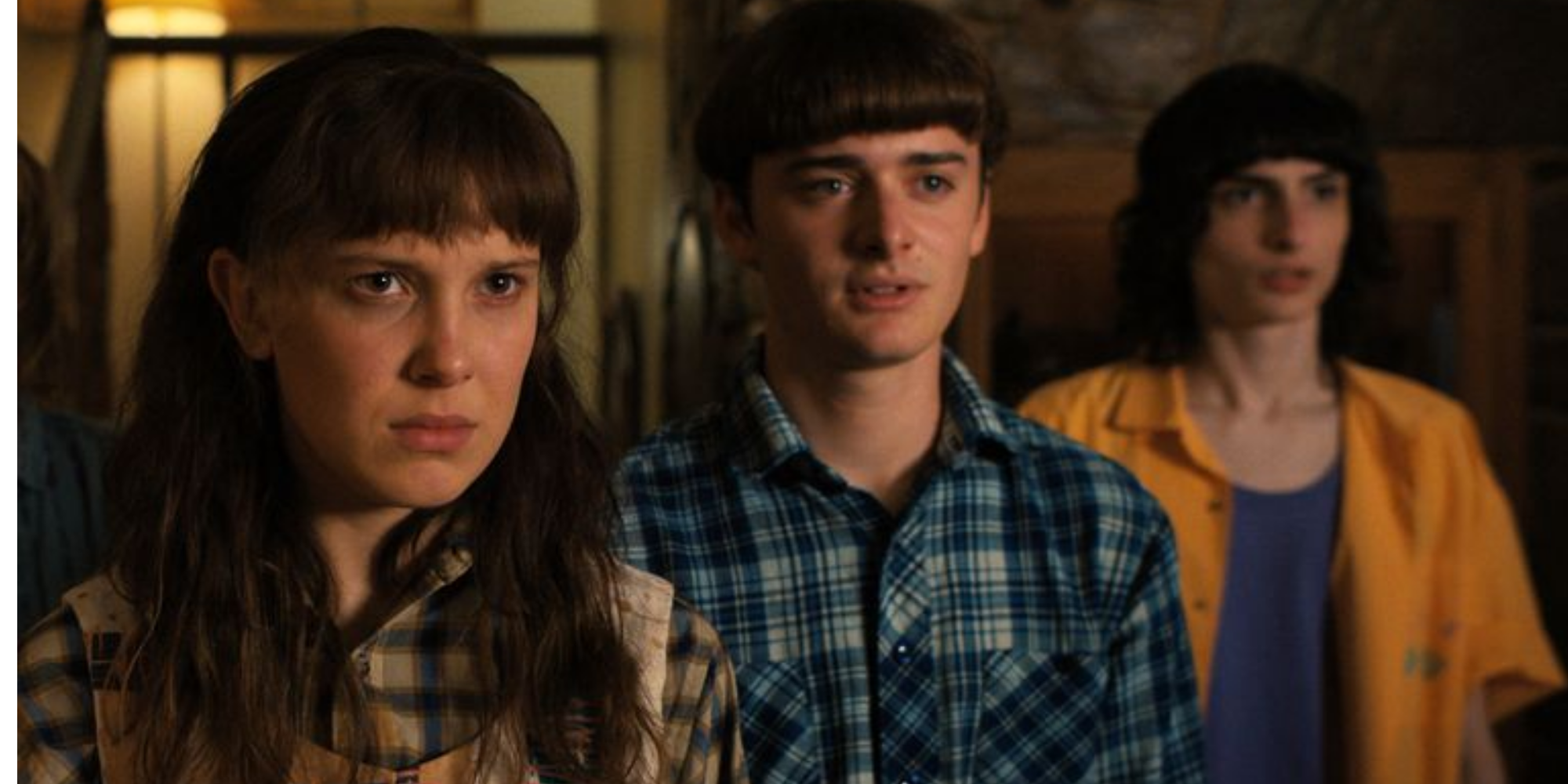Stranger Things Proves Netflix and Streaming Can Break TV/Movie Rules

Netflix changed the way we watch TV and movies, but it wasn't until Stranger Things season 4 that the streaming giant finally broke longstanding TV and movie format rules. As the original streaming platform, Netflix's subscription and binge models were major disruptors to many of the entrenched approaches to TV and movie production, but Stranger Things season 4 finally proves what streaming is really capable of.
As one of the first major streaming exclusive shows, Stranger Things' popularity has been huge for Netflix, paving the way for the numerous big-budget streaming exclusive shows available now. Despite Stranger Things' industry-changing effect, it was still just an eight-episode story you can imagine releasing on any premium TV channel, with the one major difference of the binge model meaning audiences didn't need to wait a week to see new episodes. In the time since season 1, many people have begun questioning if the binge model is the best way for streaming services to release content. While Stranger Things season 4 (mostly) stuck to that model, it made some other fundamental changes to the show that could have far bigger effects on future content.
Stranger Things season 4's two-part release and extra-long episodes (particularly the finale) finally break streaming free of antiquated show formats determined by old revenue models. Movies and TV all take the form they do because of necessary monetization requirements. For example, movie runtimes, a defensive subject with directors, are often decided by their ability to sell tickets, sometimes even resulting in additional time being cut to fit in more showings in a single day (and thus selling more tickets). Meanwhile, TV shows are structured the way they are because television networks need to sell ad space, meaning they need to create attractive content in multiple short increments to draw audiences to repeatedly watch TV at certain times so advertisers will want to pay for ad space during commercial breaks.

Networks like HBO and Showtime introduced a more premium model that gave more flexibility to show structure, meaning longer episode runtimes and fewer total episodes to deliver tighter stories. However, the old structures still existed even into the streaming age, even though a show on Netflix doesn't need to attract advertisers (although that is changing), and ticket sales don't have to be a factor in a movie's runtime. Stranger Things season 4's decision to release in two segments with significantly expanded episode runtimes, particularly for the season finale, which had the runtime of a feature-length movie, finally shows how streaming shows and movies can be engineered to make the story the primary focus instead of worrying about runtimes or episode counts or any anachronisms of old revenue models.
While much of Stranger Things plays like a traditional show, the longer runtimes allow each of the separate character groups to get a proper focus, whereas a traditionally structured show might have to focus primarily on the kids in Hawkins, while Eleven's arc and Joyce and Hopper's Russian adventure would get majorly trimmed. Stranger Things season 4 isn't so unconventional that it totally shatters traditional story structures and release models common with Netflix, but it does show what's possible with streaming. Along with the massive success of shared universe franchises like the MCU or the streaming success of the Star Wars shows on Disney+, the lines between blockbuster movies and TV shows are getting blurrier than ever. We've only seen the tip of the iceberg for what's possible when stories don't have to conform to the demands of anachronistic revenue models.
Want more Stranger Things season 4 articles? Check out our essential content below...
- Stranger Things Season 4 Volume 2 Easter Eggs & References
- Stranger Things Season 4 Cast & Character Guide
- Stranger Things' Vecna Identity, Powers & Origin Fully Explained
- Vecna & Mind Flayer Connection Fully Explained
- Stranger Things Season 4 Volume 1 Easter Eggs & References
- Of Course Eddie's Upside Down Song Was Perfect!
- Why THAT Character Died In The Stranger Things Season 4 Finale
- What Happened To Max In The Stranger Things 4 Finale?
from ScreenRant - Feed https://ift.tt/jMabwsl
via Whole story

Post a Comment